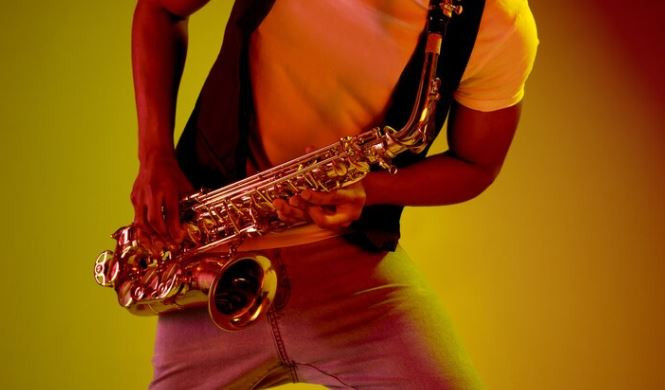
A number of estimable jazz artists have passed away this year, and naming all of them will be difficult for me. But I have tried to list down some of them, at least those that weere my personal favourites. The musicians emerged during different periods - although some of them just a few years apart - and shared their love for jazz, but still came out with different ways of playing. This was due to their social backgrounds and interactions, which informed the ways they adjusted to the external environment and to individuals within and outside their different styles of performing jazz.
For me, there's no debating about the contributions made by saxophonists Lou Donaldson and David Sanborn, drummer Roy Haynes, Brazilian pianist Sergio Mendes, multi-instrumentalist-arranger Quincy Jones, guitarist Russell Malone and trumpeter Jim Rotondi.